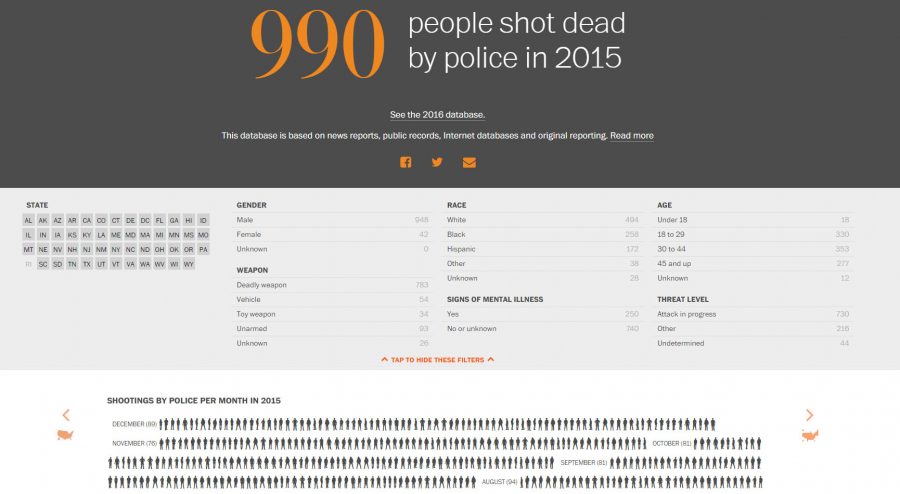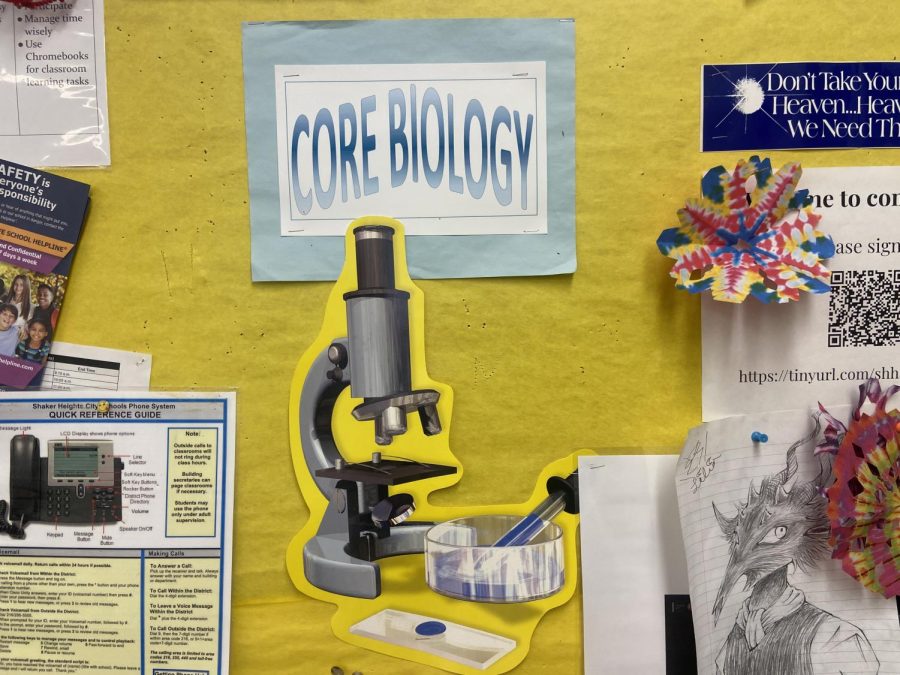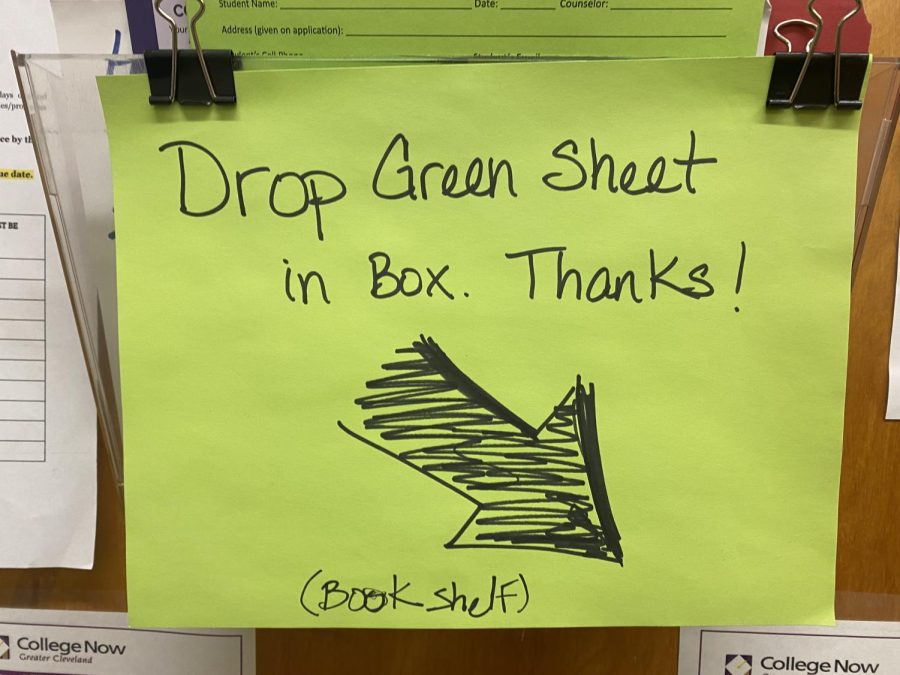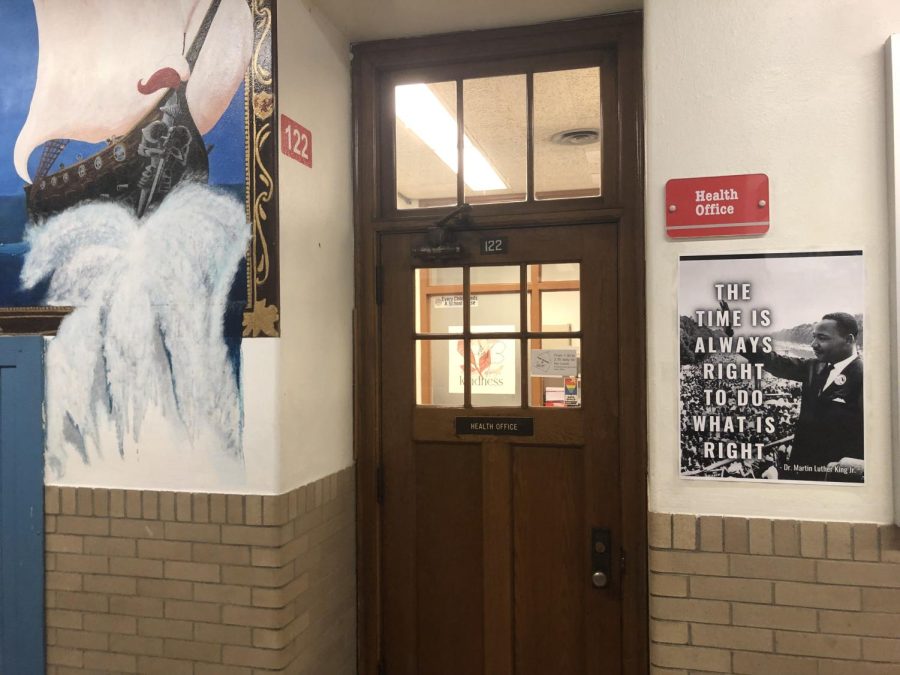While test scores and state rankings indicate the achievement gap is present throughout the district, data has consistently implied that it may be most prominent at the middle school.
Of all eight Shaker schools, the middle school often receives the lowest rankings on many state and national assessments. Despite this, middle school principal Danny Young believes middle school students are provided with plenty of programs and resources to promote their achievement.
The middle school currently offers programs that aim to support students at a range of achievement levels. According to Young, these programs include Junior Scholars, which prepares African American students with GPAs of 2.6 or higher to become MAC and MAC sister scholars in high school; Men on the Verge of Excellence (MOVE), which targets African American males with GPAs between 2.1 and 2.5 and aims to move them into the Junior Scholars program; and Pride, which provides role models and support for African American males with GPAs below 2.0.
Young leads Pride for 8th grade students himself and has seen the performance of the students he works with improve. “Several of my young men – out of my 25 I would say about 10 – have improved themselves over a 2.0. And I’m very proud of that,” he said. “Our goal is to get ready for the high school scholars.”
Wendy Kasten, professor of curriculum and instruction literacy at Kent State University, said she believes specialized programs can be a great attribute, but also have the potential to fail. “Often, we make a mistake as educators when we have a special program,” she said. “If you have a special program where you pull in all of the children with special needs, that’s the kind of special program that’s going to backfire. You don’t have any role model there.”
But programs that do provide role models, Kasten said, are great. She stressed the importance of giving students diverse perspectives of the world through program and classroom visitors. “Anybody who steps foot into a classroom becomes a role model,” she said, “whether or not they intend to be, which is why you want some variety and you want some commitment so they will be there regularly for a while.”
Young said the scholars programs make a big effort to inspire students, and frequently provide examples of role models with whom the students can relate. “I think it is working,” he said.
Middle school students are also provided with academic supports integrated into the school day. The middle school has introduced programs such as reading and math-focused study halls, courses co-taught by regular teachers and intervention specialists and special math and reading courses for students whose achievement levels in those subjects are particularly low. Students are also encouraged to attend daily conferences with teachers after school and can also attend a homework tutoring center which meets from 4 to 5:30 p.m. each day.
When The Shakerite published data that brought the achievement gap into public focus in 1997, 7th grade history teacher Maureen Carroll taught at the high school. She remembers the riots that broke out across the community in response to the information and has watched the district go to great lengths to try and close the gap in years since. Now, she says, she can see a difference. “I know that the teachers have all thrown themselves into really not just trying to understand the students – you’ve got a seasoned group of teachers here who have really devoted themselves helping adolescents make good decisions and providing them with engaging educational opportunities.”
Whether they take advantage of these opportunities, however, is a different matter. “Middle school is a very hard time,” said Carroll. “I don’t know that a person who’s 12 or 13 or 11 really knows how hard they have to work or how much effort they have to put in.”
Young, Carroll and Kasten were in agreement that test scores may not be the best way to evaluate the middle school’s progress and current success. “Tests are not perfect,” Kasten said. “They shouldn’t be the only thing you look at.”
“I don’t think they really reflect the reality of what’s happening here at Shaker middle school, at all,” Carroll said. “It’s a one shot number,” she explained, noting how easily stress, lack of sleep or a bad day can affect students’ performance on standardized tests. “But effort, the work, the planning – I think that, and the kid really trying hard to do their best – you know that’s what you want, and that’s what they’re doing.”






